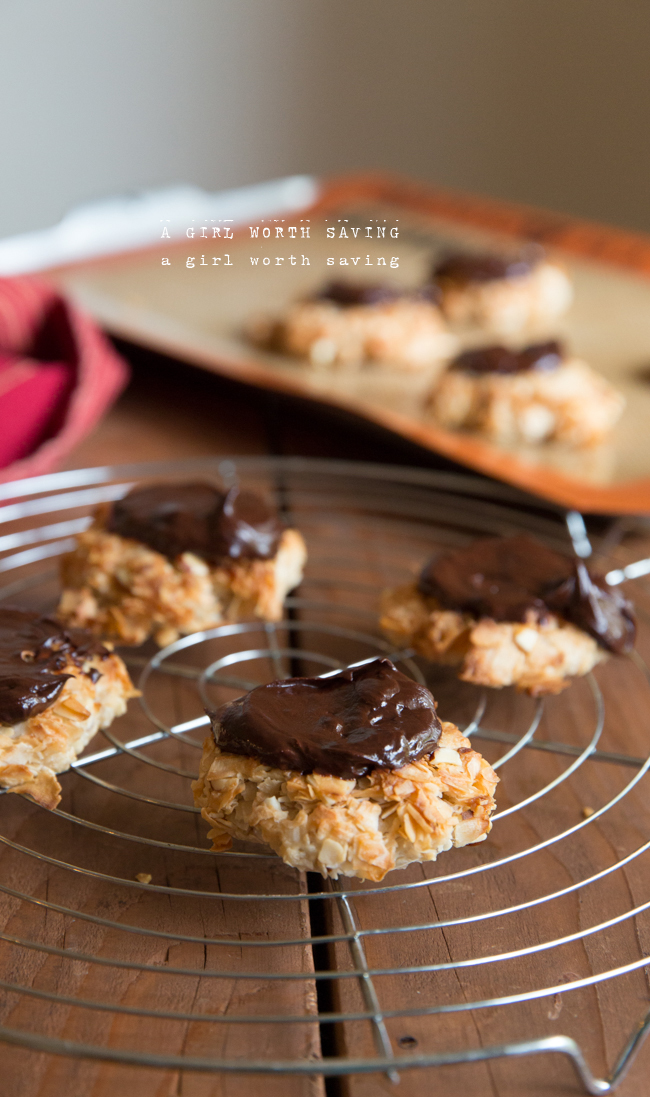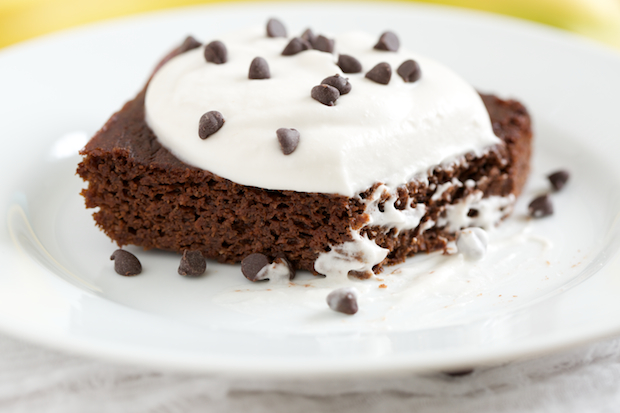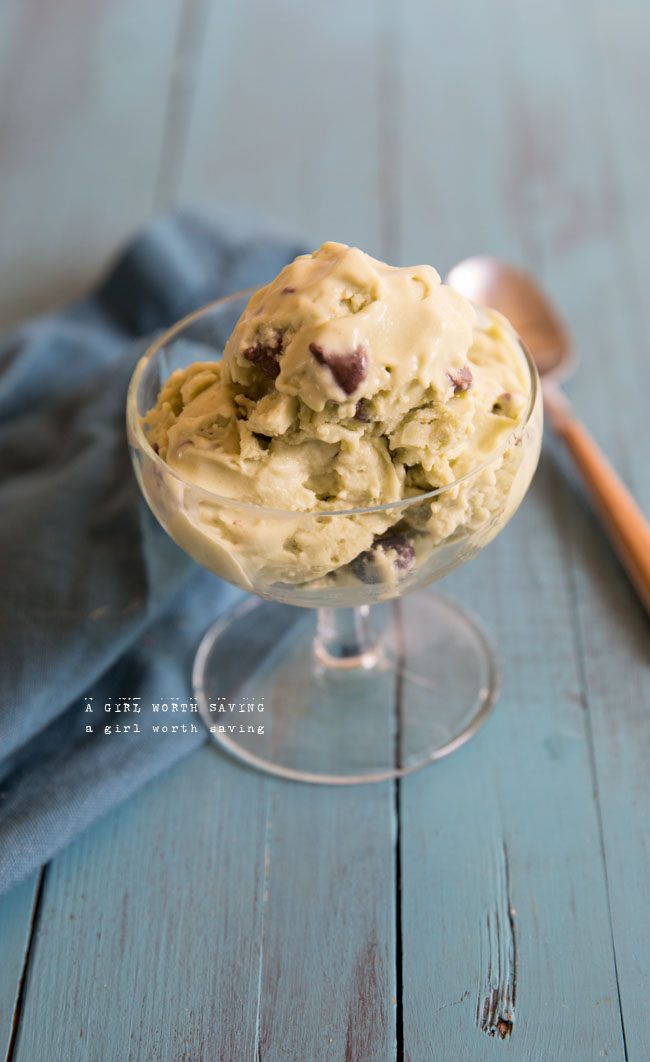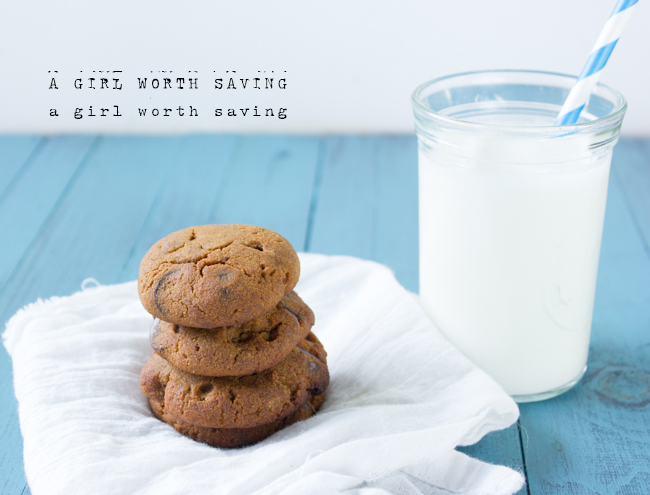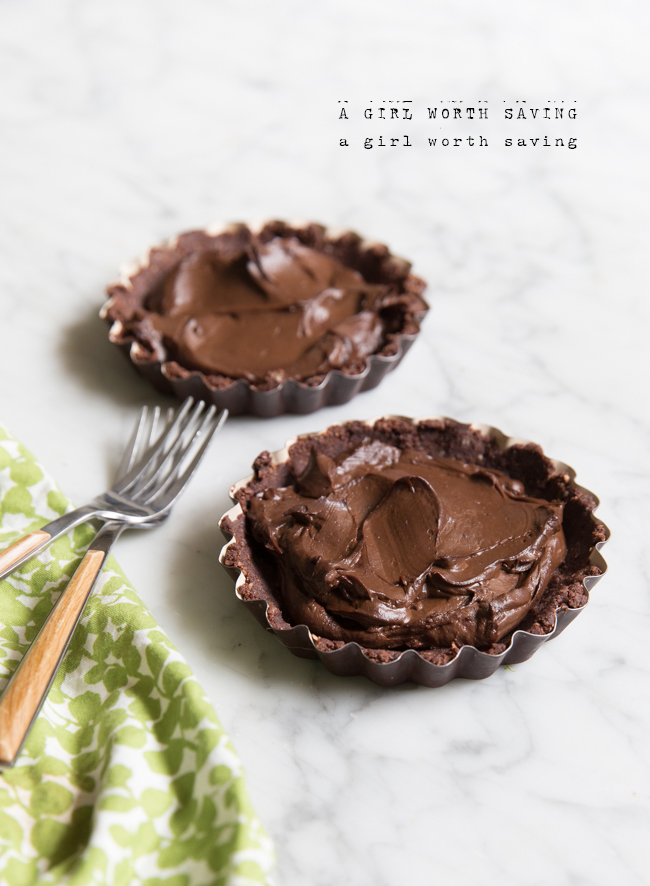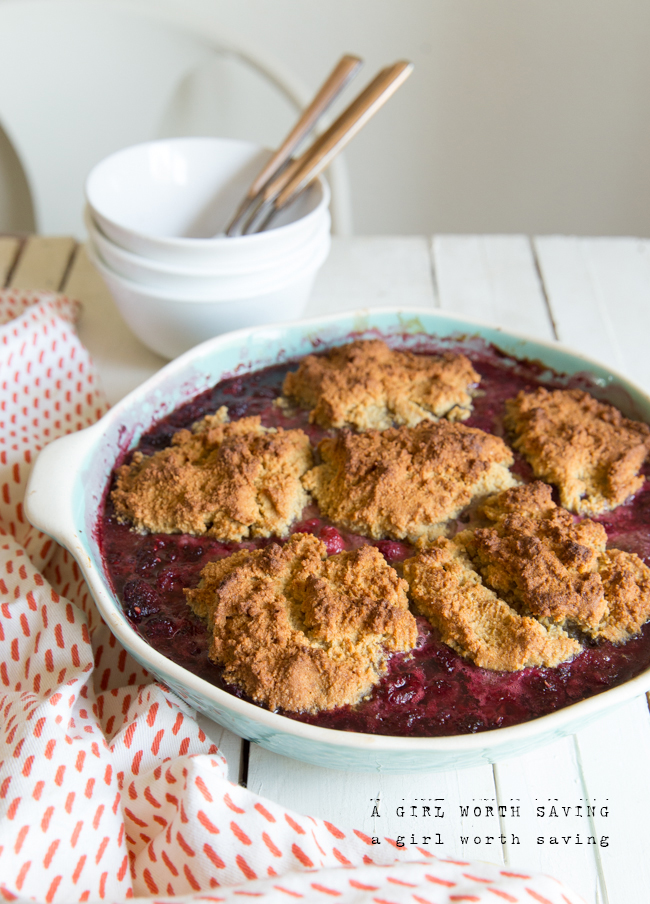3 Ways Miami’s Ice Cream Scene Is Reinventing Itself
This post contains affiliate links. Click here to read my affiliate policy.
Last Updated on October 6, 2025
Miami’s dessert mood is different lately. Less about “pile it high, figure it out later,” more about curiosity: fruit-based ice cream, lighter textures, flavors that feel like ocean air and street markets, and those ripe, sun-warmed bananas you meant to eat for breakfast.
If you follow food and health spaces like A Girl Worth Saving right here, you’ll know the vibe – fun food that still tries to be kind to your body, or at least not pick a fight with it. Ice cream (and especially soft serve) is catching up to that energy. It’s still a treat, obviously, but the city’s better scoop shops are tinkering with ingredients and technique so you don’t need a nap and a sugar crash as the price of joy.
If you’re craving a quick mental picture of what this shift looks like in real life, think of an ice cream counter where the base skews fruit-forward, the toppings are more “market stall” than candy aisle, and the staff actually talks you through options the way a barista would a pour-over. Miami has a handful of spots moving in that direction – including new-school soft serve counters that steer into bananas, coconut, and other tropical produce as a foundation.
To see how playful that gets in practice, you can visit Banana Daddy and peek at their custom soft-serve ice cream blends, sundaes, and catering twists; they’re a tidy example of this ingredient-aware, still-fun mindset. Hold that picture in your head while we break down three ways the scene is changing—and how to order without overthinking it.
Soft serve ice cream is supposed to be a little bit messy, a little bit joyful, and very now. So, this isn’t a lecture about “good” or “bad.” It’s a set of trends you can use. Even if you’re on vacation mode or just doing a late-night run after dinner, these ideas help you nudge a treat in a direction that agrees with you. Bonus: they usually taste brighter, colder, more Miami, if that makes sense. Okay – let’s do it.
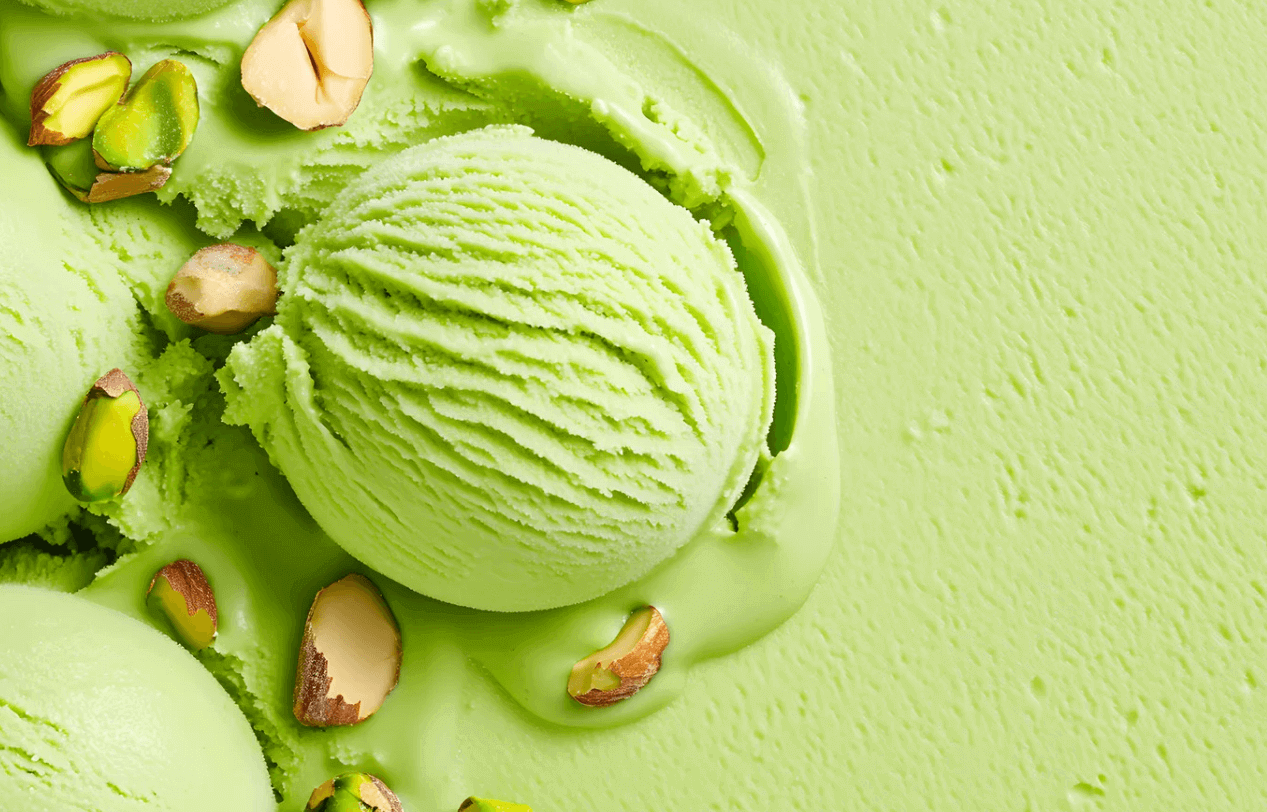
1) Fruit- and Plant-Based Bases Are Moving From “Alternative” to Default
The biggest visual change is what’s under the hood. Instead of starting with a heavy dairy base and working backward, more shops are building textures from bananas, coconut, or other plant ingredients, then layering dairy (if any) and flavor on top of that. Fruit-forward bases tend to carry tropical flavors – mango, guava, passionfruit – without needing so much added sugar to wake them up.
They’re also ridiculously creamy when spun right; frozen bananas, for example, blitz into this lush, custardy ribbon that feels decadent even before toppings show up. If you like to follow industry currents (nerd alert), the broader popularity of plant based dairy keeps inching upward, which is partly why you’re seeing soft-serve menus making room for these bases.
You don’t have to be vegan to appreciate it; order a small cup of banana-based soft serve with a tangy swirl – say, pineapple or lime – and notice how clean the finish is. Less heaviness, more fruit, more sunshine.
A practical ordering tip: if a shop lets you choose a base, start with banana or coconut and add one bright “accent” flavor you already love in smoothie form (strawberry, passionfruit, even cold-brew if that’s on the board). Then keep toppings simple: a crack of dark chocolate, toasted coconut flakes, or a spoon of tart berries. That combo reads like a dessert but eats like a beach snack.
People also forget that plant-forward bases can play nicely with dairy – think a 50/50 twist with a classic vanilla stream next to a fruit base if you want extra richness without losing the lift. It’s not about rules, just dialing the spectrum toward something that feels lighter and honestly… more Miami.
2) Sweetness Is Getting Smarter (Think Balance, Not “Sugar-Free Everything”)
The next shift is how shops sweeten, and how you can steer the bowl in your hand. Old-school soft serve ice cream often leaned on blanket sweetness to compensate for bland bases. Newer menus tweak the balance: a little less sugar, a little more fruit, and (sometimes) a move toward natural sweeteners such as stevia or monk fruit.
Quick reality check: every sweetener has trade-offs – taste, aftertaste, your own tolerance – so the win isn’t “no sugar equals sainthood,” but “better alignment.” Fruit bases reduce the need for heavy-handed sweetening in the first place; acids (citrus, passionfruit) brighten flavor so you can keep sweetness lower and still feel satisfied. You’ll notice you can taste the actual ingredients rather than syrupy sweetness blurring the edges.
How to order with that in mind: ask for a taste spoon of the ice cream base before any syrup goes on top. If it’s already naturally sweet from fruit, you might skip sauce and choose textural toppings – cacao nibs, toasted nuts, a crumble of granola – for contrast. If you love a drizzle (same), pick one with built-in acidity – raspberry reduction, a squeeze of lime over mango, or a caramel that’s cooked a touch darker.
Another trick is portion rightsizing: a “kid” size with a tight topping plan beats a giant cup where you’re chasing flavor with add-ons. And if a shop offers two sweetness levels (some do), try the lower first; you can always add, but you can’t subtract. This isn’t diet culture; it’s flavor literacy. Less sugar, more character, better texture. Simple.
3) Toppings Are Shifting from Candy Bar to Market Stall (and That’s a Good Thing)
Finally, toppings. The fun part. Miami’s fruit stands already wrote the script here – slices of ripe plantain, shavings of coconut, chili-salted pineapple – and soft serve ice cream counters are catching on. Instead of rainbow sprinkles plus gummy bears plus peanut butter cups (which, sure, still slap sometimes), you’re seeing menus lean on whole-food textures and bright, savory-sweet pairings.
It matches what many recipe-driven wellness spaces talk about: using real ingredients, playing with salt and acid, building dessert like you’d build a salad (layers, color, crunch). On that note, if you like browsing kitchen inspiration, A Girl Worth Saving has a trove of ideas under wellness food – not ice cream-specific, but you’ll recognize the same pantry logic at play.
For a topping framework you can use anywhere: choose one crunch (toasted coconut, granola, crushed nuts), one fresh fruit (berries, mango cubes, banana coins caramelized with a quick torch if available), and one “sharpener” (a squeeze of lime, a pinch of flaky salt, maybe a dusting of cacao or cinnamon).
That trio gives structure without the sugar bomb, and it keeps the spoon moving. If you’re dairy-sensitive, watch for hidden dairy in sauces; if you’re nut-allergic, ask about cross-contact in topping bins. And if you want something that eats like breakfast (no judgment), go heavy on fruit and granola over a banana base and you’ve basically got soft-serve parfait vibes. Miami morning, in a cup.

A Quick Word on Balance (Because You Asked)
You’ll read plenty of debates online about whether dessert can be “healthy.” The honest answer: dessert is dessert, and that’s fine. What’s genuinely exciting about Miami’s soft-serve ice cream moment is the creativity – shops using tropical fruit and better building blocks so your indulgence tastes like the place you’re in. When the base tastes like fresh fruit and the sweetness doesn’t bulldoze your palate, the spoon naturally slows down.
You get satisfaction earlier. That, in practice, is the kind of “better for you” that sticks. And if your inner food nerd wants to see how this overlaps with the larger plant-based wave, skim the research on the popularity of plant based dairy above; if you’re sensitive to sweeteners, research natural sweeteners and choose what works for you; if you want pantry strategies for everyday meals, browse that wellness food link and steal ideas for your next topping bar at home. Miami will keep inventing. You just have to order well.

